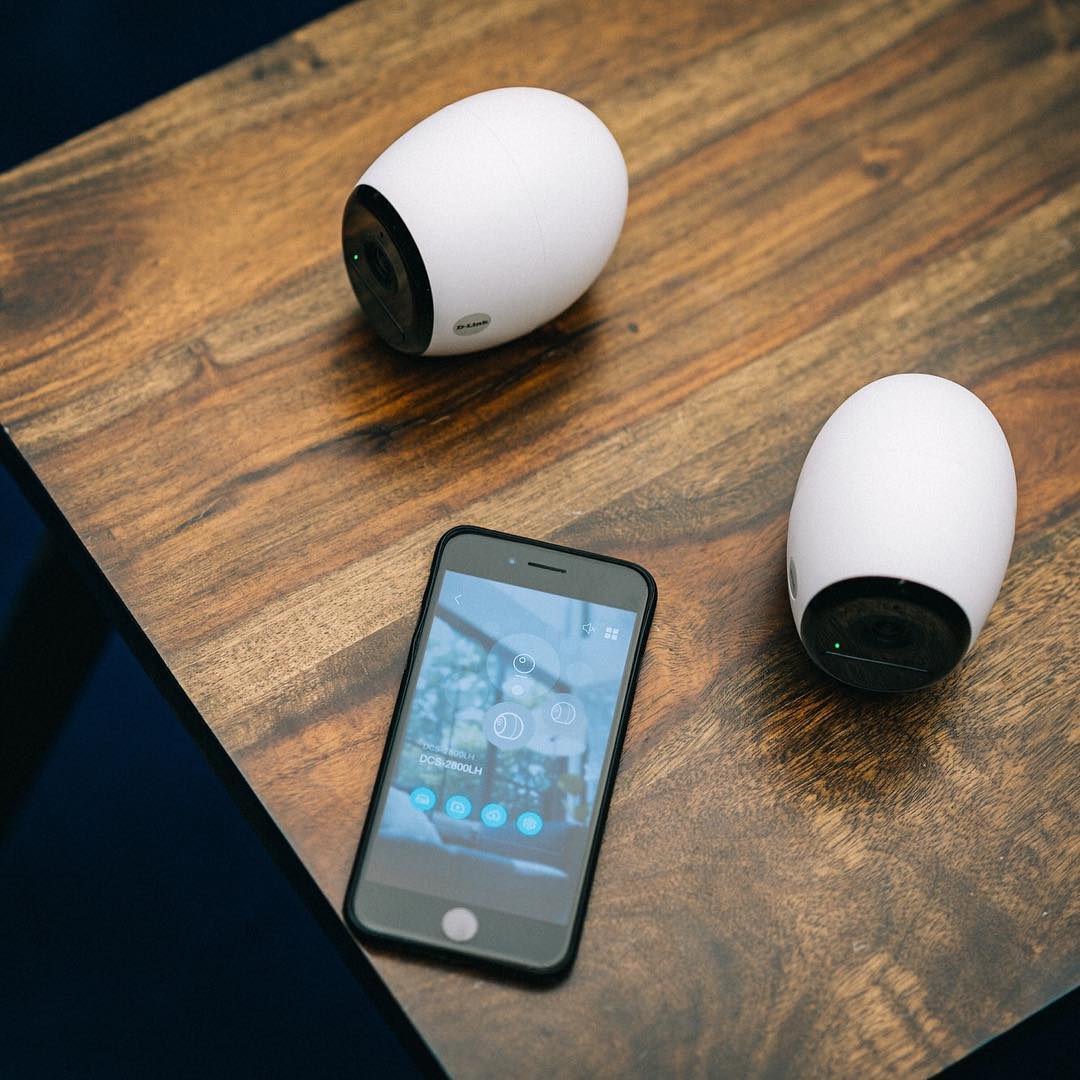Wi-Fi vs Wire-Free Cameras - What's the difference?
Choosing between a Wi-Fi and a Wire-Free security camera can get confusing. Here we explain the difference between the two.
What is a Wi-Fi Security Camera?
A Wi-Fi camera connects to your home Wi-Fi to transmit the video. It can only be mounted within range of your router’s signal. It relies on a power cable connected to an outlet to receive power.
Since they get constant power, they’re ideal for checking your live stream for as long as you like to:
- Record intruders during break-ins
- Check on your pets or animals
- Keep an eye on babies and kids in rooms and nurseries
- Check prized possessions are safe
- Record videos of events, ceremonies, lifestyle footage
- Keep round-the-clock video footage of your business, shop, office, or studio
- Watch over the elderly in care homes

What is a Wire-Free Security Camera?
A wire-free camera wirelessly connects to a hub which is connected to your home Wi-Fi router with an Ethernet cable. You can move wire-free cameras anywhere within range of the hub’s signal. They have rechargeable batteries that last months on a single charge.
They don’t have power cables, which makes them extremely adaptable to where you put them. Remote viewing is also possible but this can drain the battery faster, so they’re usually used to automatically save video clips when motion or sound happens.
They’re perfect for:
- A quicker and easier setup
- Moving around to suit different scenarios
- Knowing when postal deliveries or visitors arrive
- Receiving an alert and sounding an alarm when intruders are detected
- Portable security surveillance for any property with a Wi-Fi router
- Discovering wildlife in gardens
- Keeping up with pets or animals
- Guarding properties while away on holiday

Now you see the difference is that Wi-Fi cameras have a power cable. Wire-free cameras don't need any cables at all.
Wi-Fi Cameras
| Advantages | Disadvantages |
|
|
Wire-free Cameras
| Advantages | Disadvantages |
|
|